

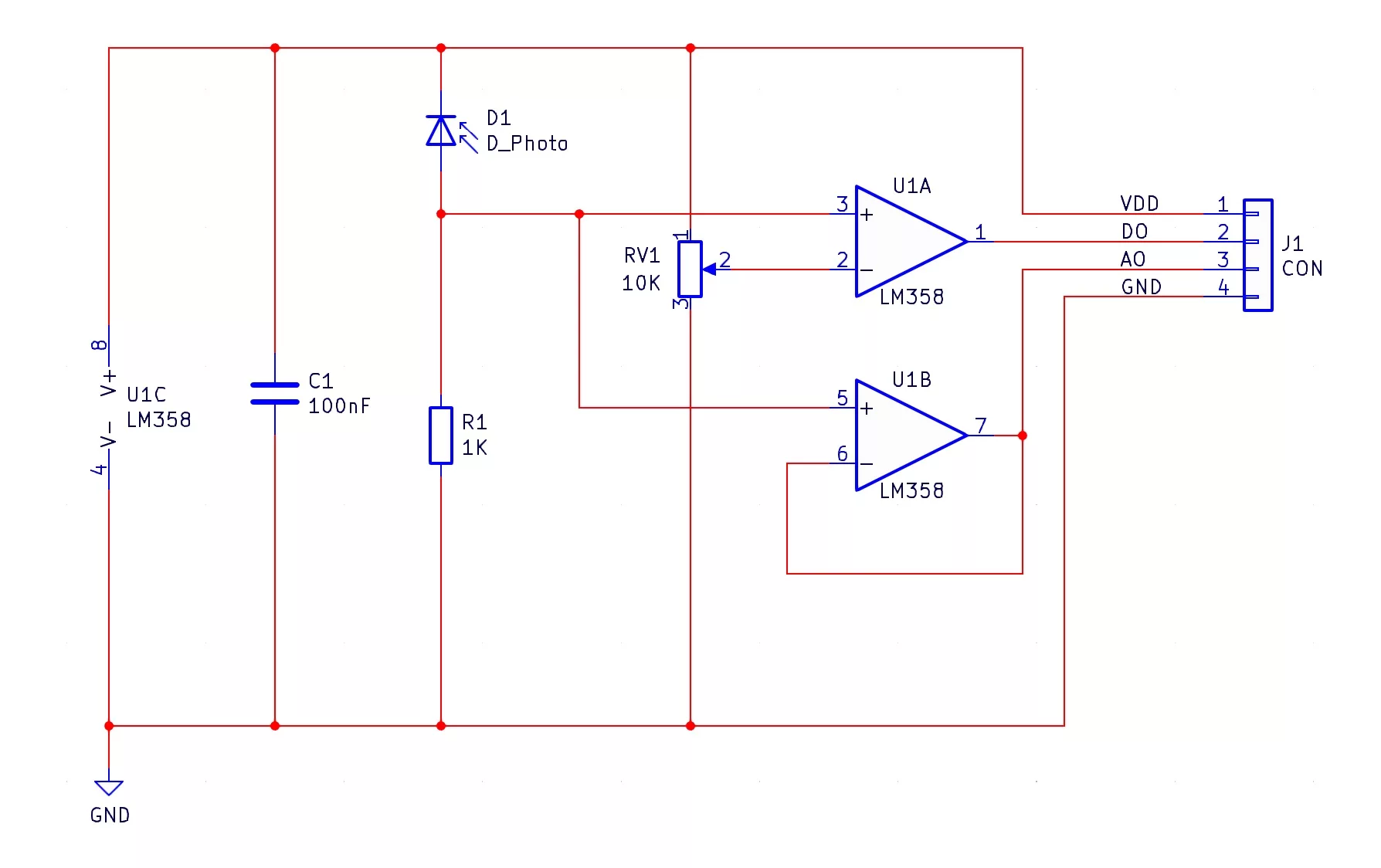
The SENSE Range are electronic kits that let you build your own module with sensing capabilities. Each module has the exact same dimensions, pin-out, and hole location so that modules can be interchanged depending on what needs detecting. For example, the Sound Sense is capable of detecting sound, while the Temp Sense uses a thermistor to detect the ambient temperature.
Unlike other sensing modules on the market, the simplicity of the MitchElectronics Sense Range makes them easy to modify, use in other circuits, and build. At the same time, the standardised 40mm x 20mm dimension is very easy to work with when creating enclosures and mounting a Sense board.
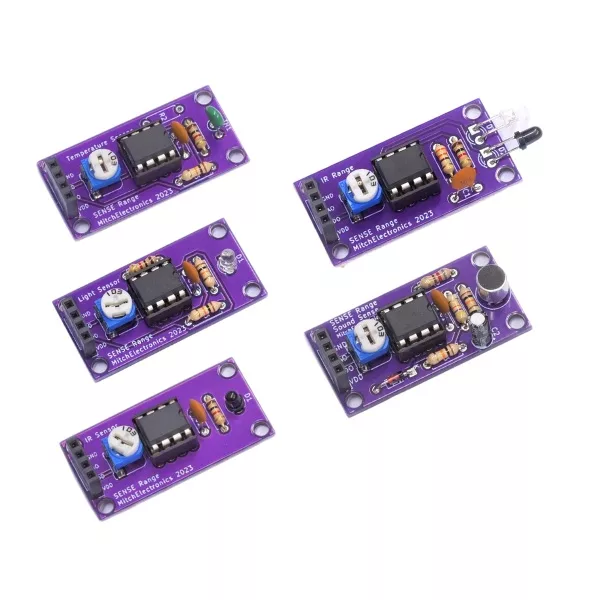
To make using the Sense Range as easy as possible, all Sense kits have a four pin connector that is identical for each device. Two of these pins are for providing power (VCC and 0V), and the other two are one digital output (that switches between VCC and 0V), and analogue output, which varies depending on the signal being sensed. For example, the Sound Sense produces an analogue signal whose amplitude increases with sound volume, while the Temp Sense produces a voltage that directly relates to temperature.

To make sure that using the Sense Range is as simple as possible, all dimensions, hole sizes, and positions are identical across all modules. By doing so, modules can be swapped around without needing to change enclosures, screws, or mountings. At the same time, this standardisation also allows for modules to be stacked in frames which can also be convenient
The standard size for all kits is 40mm x 20mm, M2 holes (2mm diameter), a hole separation of 35mm x 15mm, and a hole edge spacing of 2.5mm.
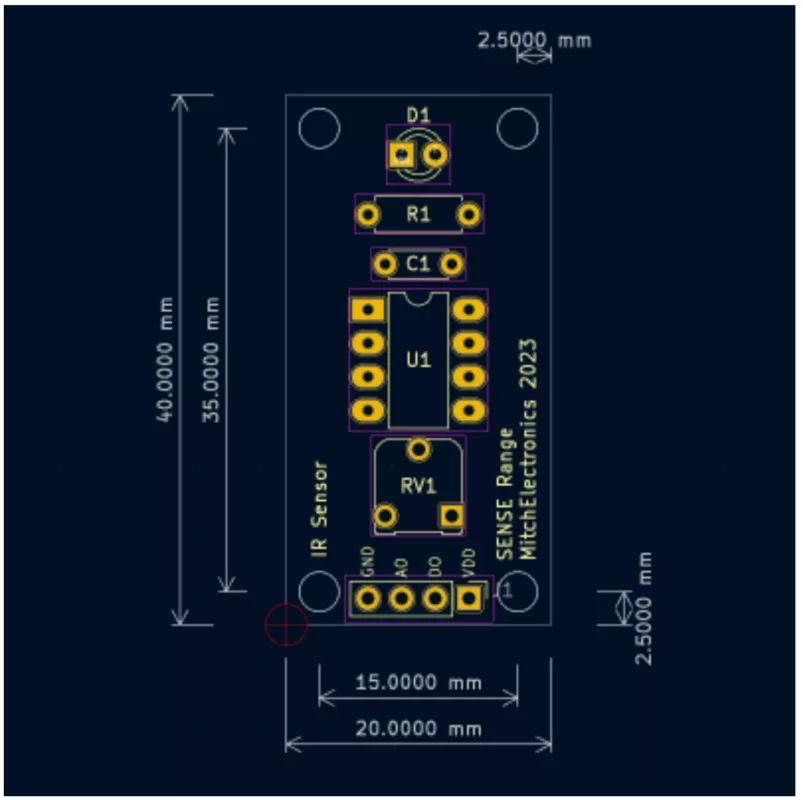
The IR Sense comprises of an IR detector diode (D1), a comparator (U1A), and a buffer (U1B).
You may notice that in the circuit, the IR diode is in reverse bias mode meaning that under normal circumstances, it doesn’t conduct any electricity. When IR light falls onto the IR diode, it causes the IR diode to become conductive, and the resistance of the IR diode depends on how much IR light is falling on it.
Because the resistor R1 is in series with the IR diode, the result is a potential divider whereby more light falling onto the IR diode reduces its resistance, thereby increasing the voltage across R1. The voltage across R1 is fed into both op-amps, U1A and U1B, which are configured as a comparator and a unity gain buffer respectively.
The comparator (U1A), has its negative input connected to a potentiometer, which produces a voltage between VCC and 0V depending on its position. If the voltage across R1 is greater than the voltage from the potentiometer the output of the comparator switches to VCC, indicating that the IR level is greater than the trigger level defined by the potentiometer. If the voltage across R1 is lower than the voltage from the potentiometer, the output of the comparator switches to 0V, indicating that the IR level is lower than the trigger level defined by the potentiometer. The output of the comparator is digital, and can be used to determine if the IR sensor has detected a minimum level of IR light.
The unity gain buffer is an op-amp that simply outputs whatever voltage is on its input, and this buffer allows external devices to read the voltage level across R1 without interfering with it. This output is analogue, and can be used to measure the amount of IR light falling onto the sensor.
| Component | PCB Reference | Quantity | Looks Like |
|---|---|---|---|
| 8 DIP Socket | U1 | 1 | 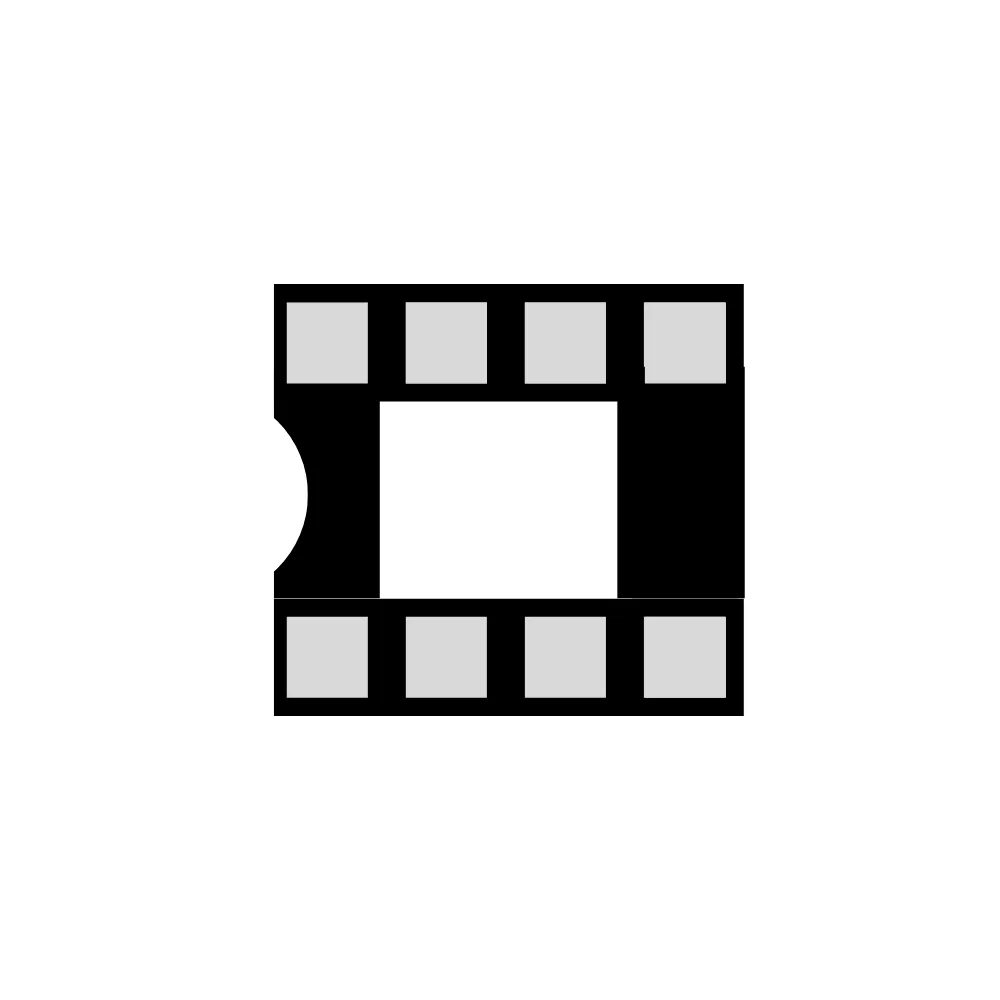 |
| LM358 Dual Op-Amp IC | U1 | 1 |  |
| 1K Resistor | R1 | 1 | 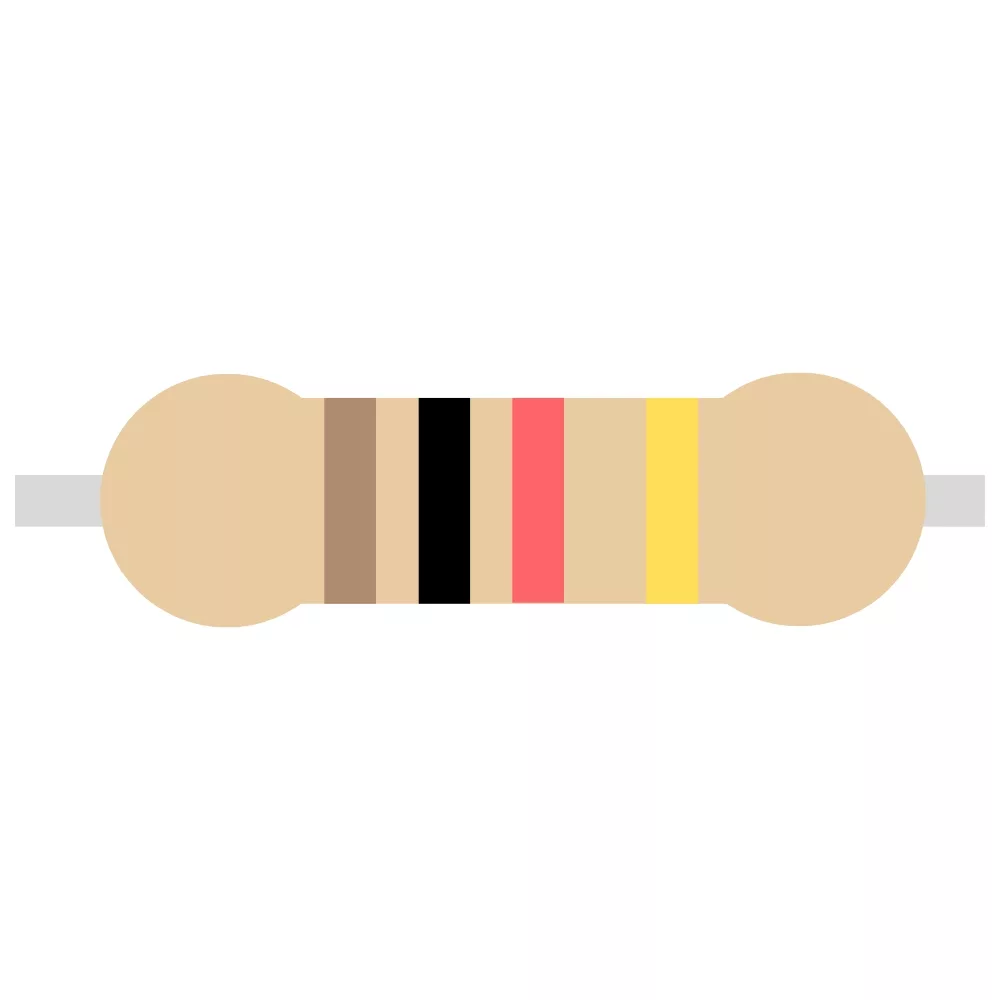 |
| 10K Potentiometer | RV1 | 1 |  |
| 100nF Ceramic Capacitors | C1 | 1 |  |
| IR Photodiode | D1 | 1 |  |
| 4-Way Socket | J1 | 1 |  |

TV remotes use IR light to transmit data, and they can easily be picked up with this circuit. As such, this circuit can easily be used to decode IR signals from TV remotes if used with a microcontroller, or better, it can be used as a TV remote scanner that detects when someone is trying to change settings!
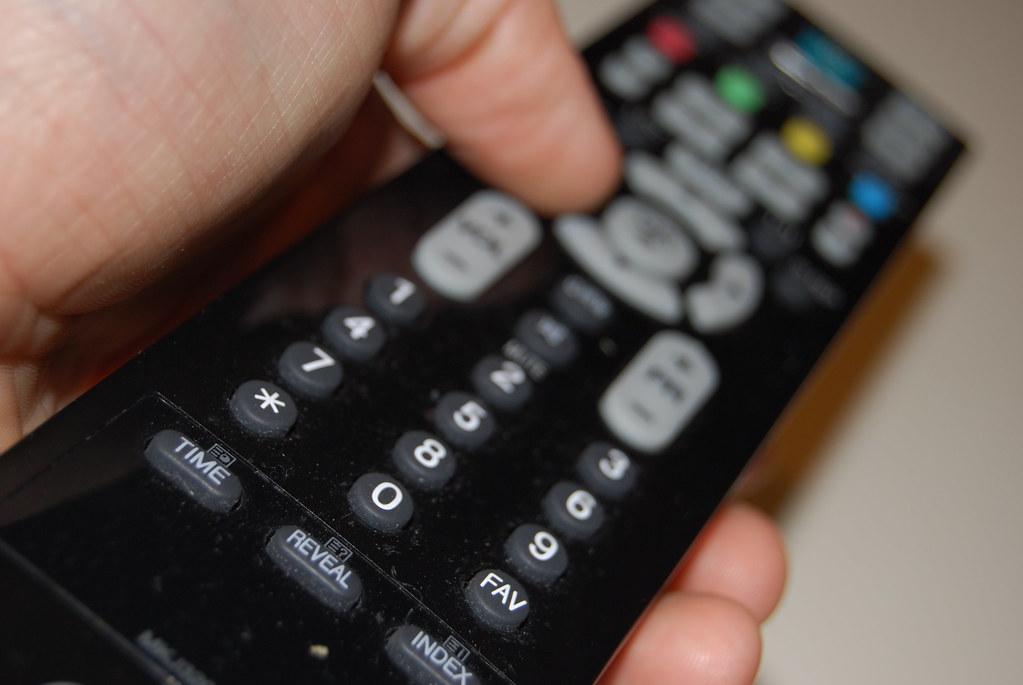
Sometimes, it can be important to protect a specific boundary, and this is commonly seen in industrial machinery where light curtains automatically shut down equipment if people cross them. The IR Range Sense can easily be used to create an invisible barrier that can detect if someone has passed. Furthermore, multiple IR Range Sense modules can be installed in parallel, and an open-source output on each module (using a single BJT) can trigger an alarm should any of the modules detect an object.
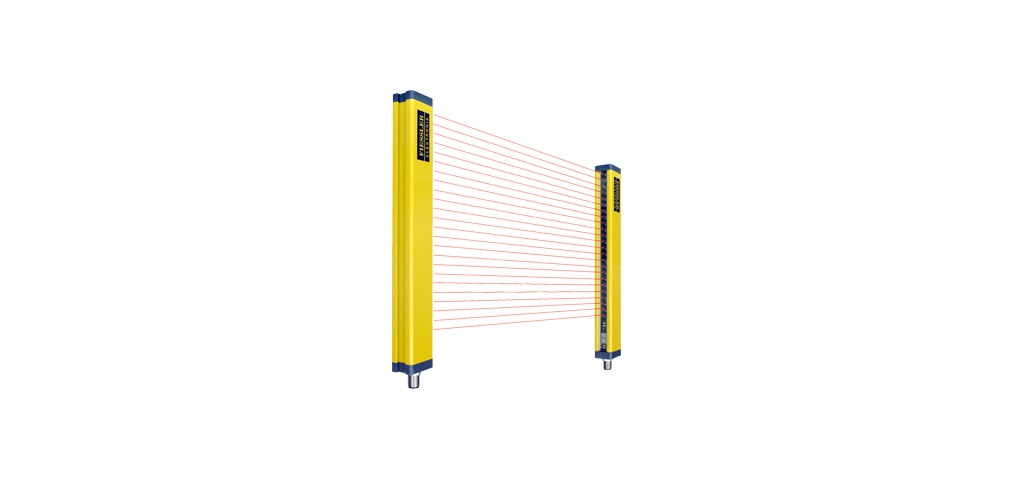
IR light is emitted by anything hot, and it turns out that fires emit extremely large amounts of IR light. As such, it is possible to create a flame detector using an IR sensor such as the one used in the IR Sense kit. The output comparator can be used to trigger an external alarm circuit when a flame has been detected, but please keep in mind that MitchElectronics kits are not suitable for creating life-saving equipment (experimentation only)!
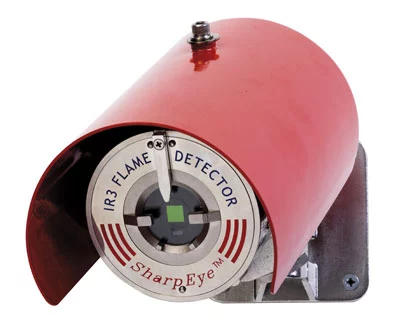
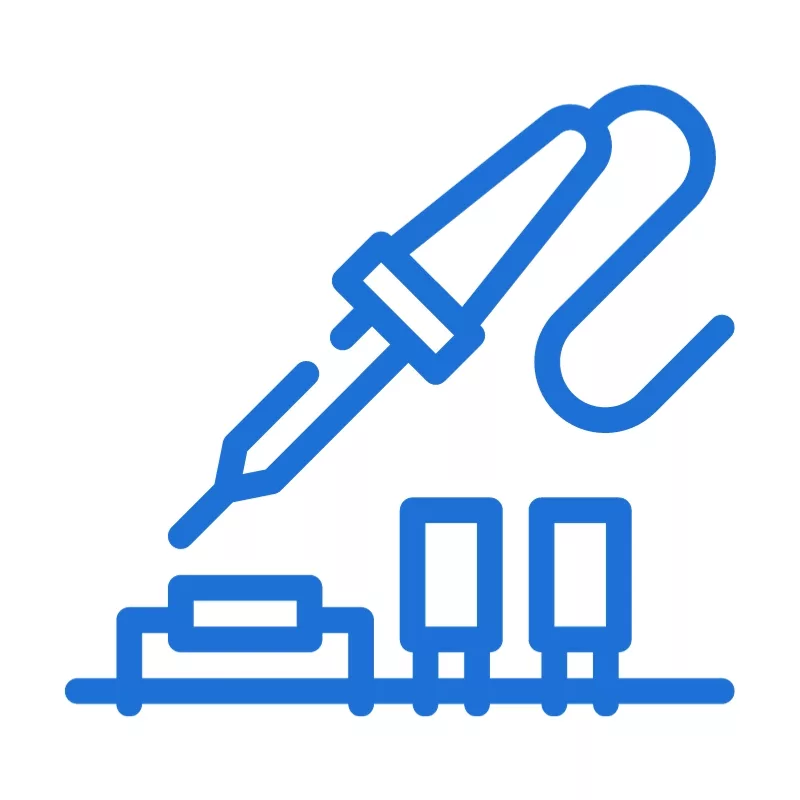
To learn more about how to solder electronic components, download the Electronics Construction Manual free using the button below
Electronics Construction Manual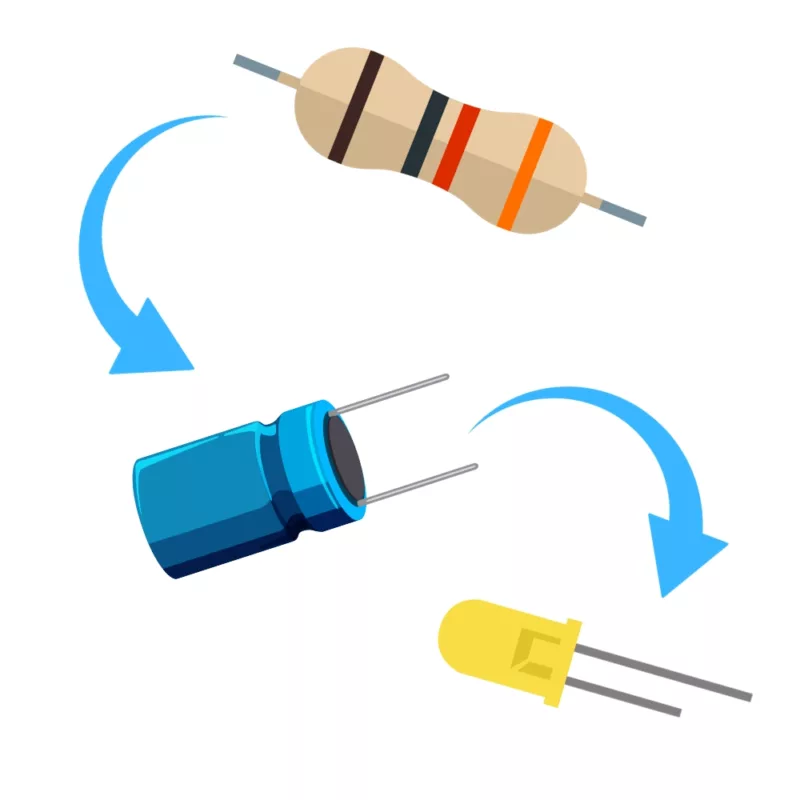
When soldering components, it is essential that you do so in a particular order, so that it is easy to add components and get to their legs. Generally, you always start with the smaller components (such as resistors and capacitors), before moving onto the larget parts (potentiometers and ICs).
Soldering Guide
Feeling brave? Consider using different resistors
Can be done to change the voltage output of the IR diode